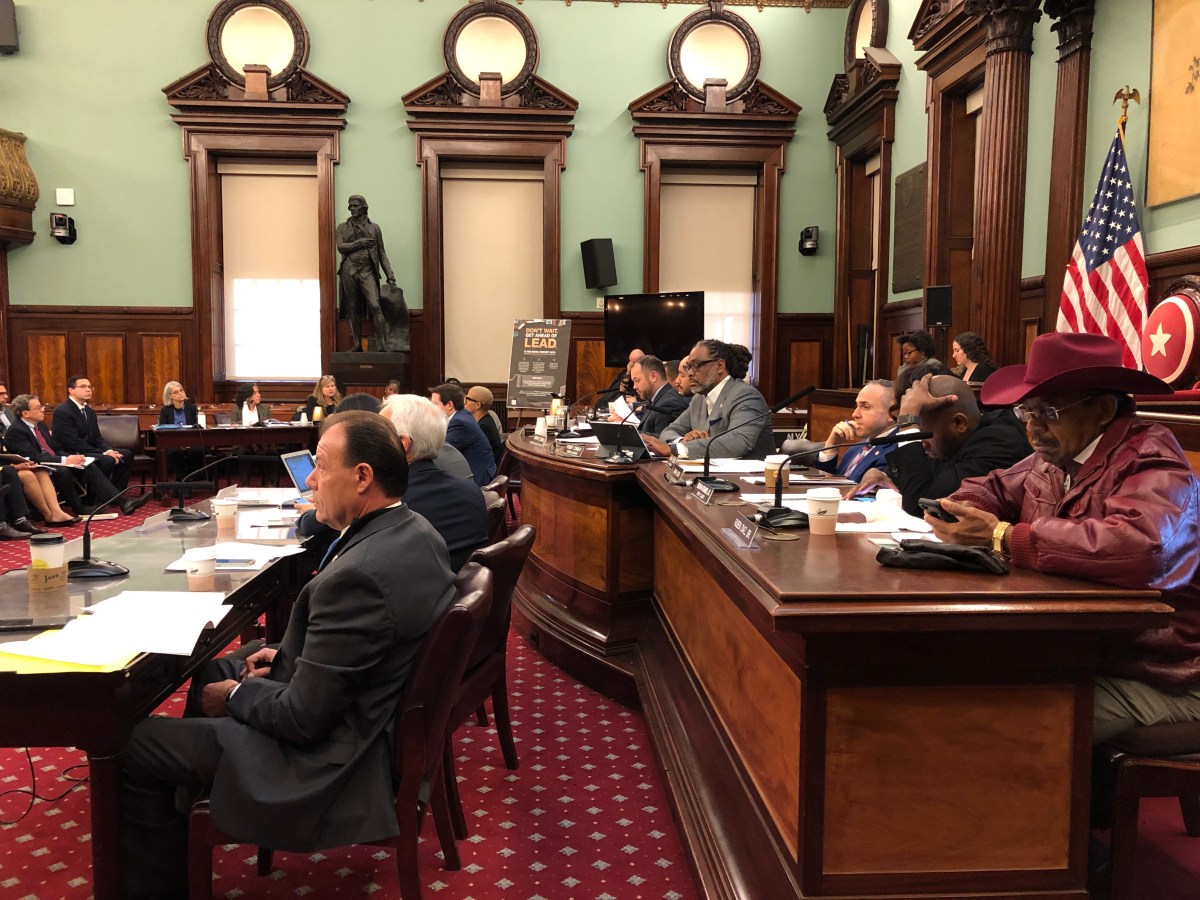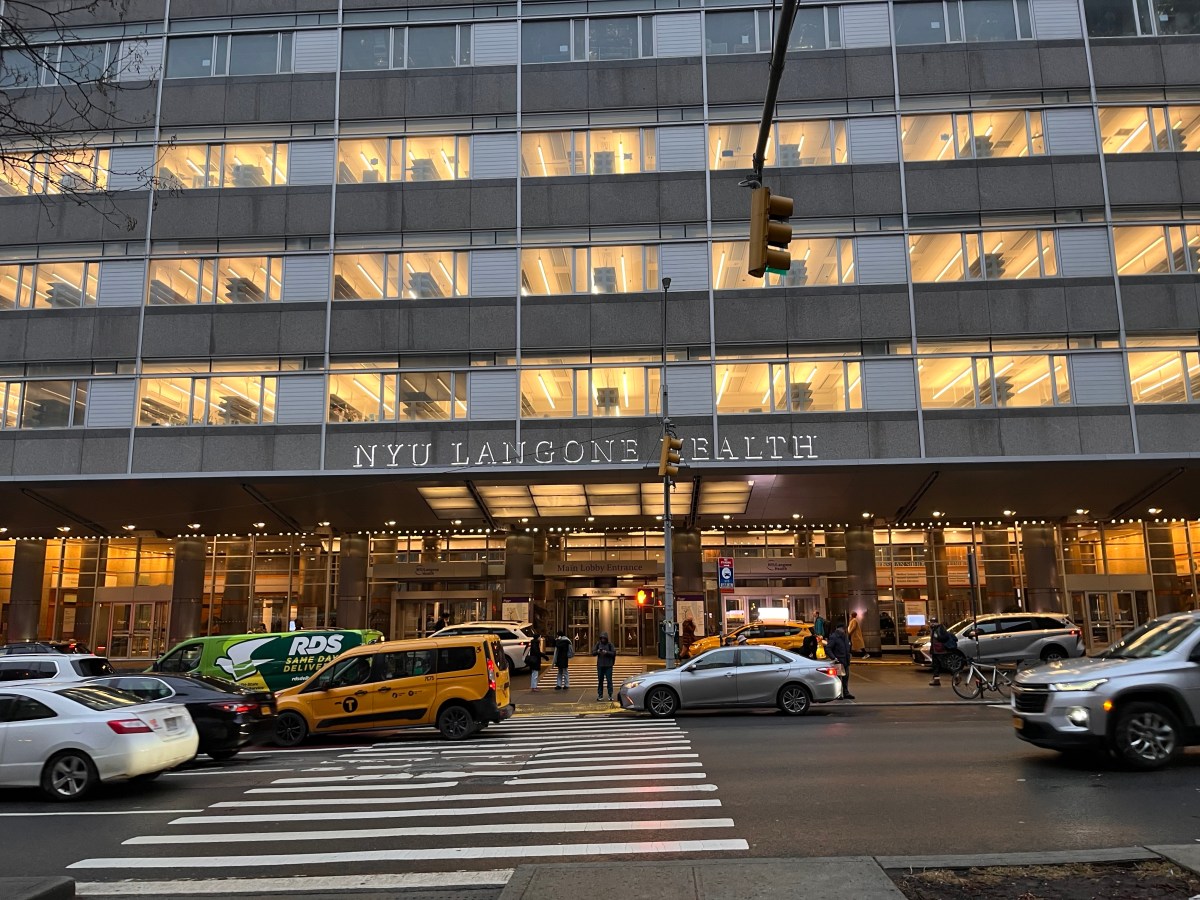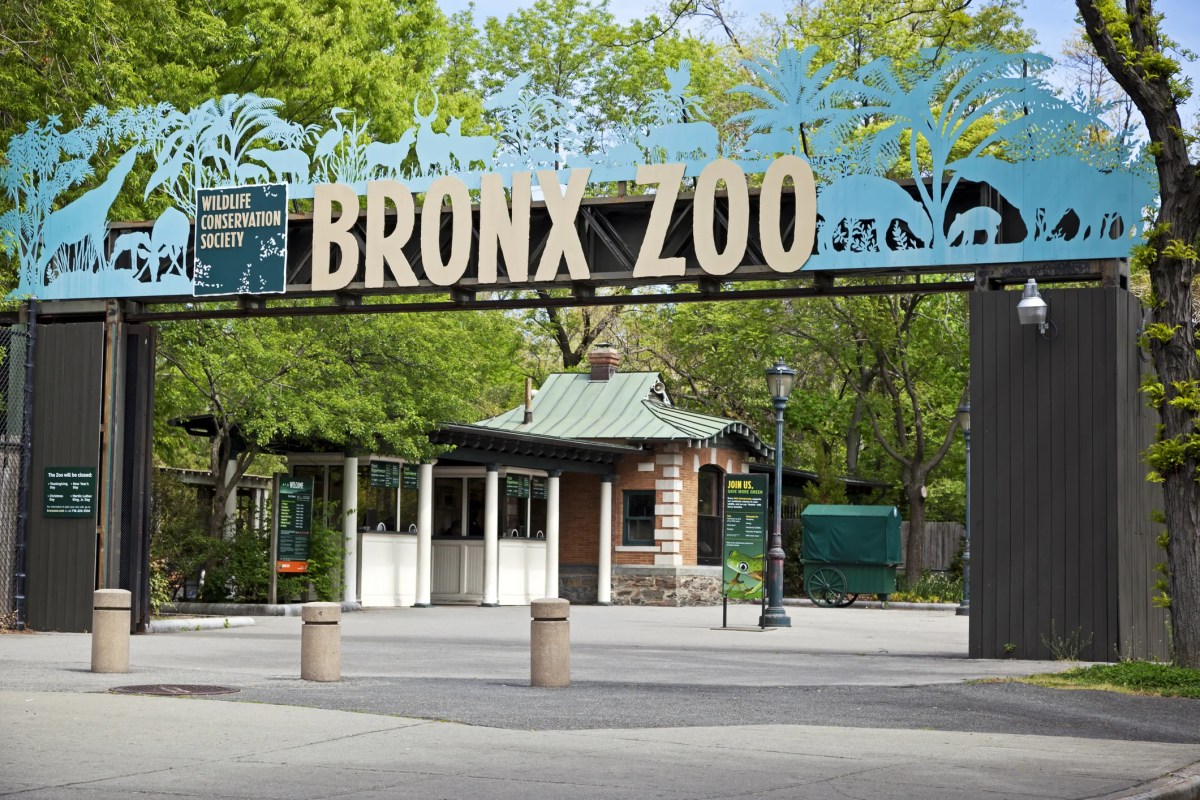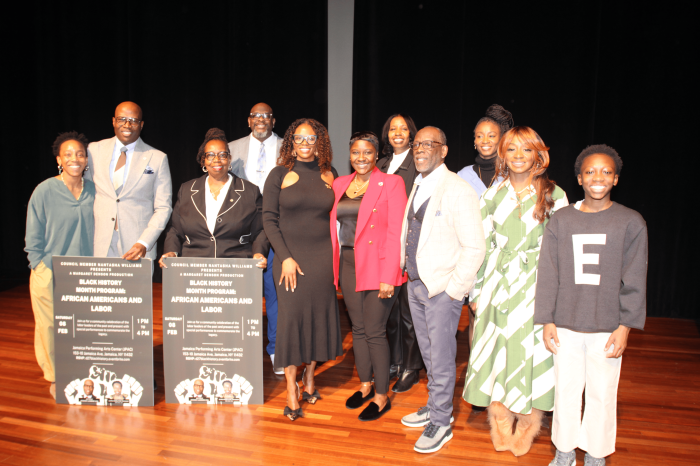Last year, almost 4,000 children were diagnosed with elevated blood lead levels in New York, with much of the exposure happening in public schools and public housing, according to members of the City Council.
The City Council held a special hearing on how the city has handled lead-based issues on Wednesday.
Speaker Corey Johnson said that the city’s ongoing issue with lead exposure — particularly from paint in NYCHA and other public housing and from water fountains at schools — comes from how the problem has been addressed by city agencies like the Departments of Health and Mental Hygiene, Education, and Housing Preservation and Development.
“Our law is only as good as the enforcement,” Johnson said.
South Brooklyn Councilman and Education Chair Mark Treyger agreed, stating that the DOE is flunking at monitoring lead based contaminants in city schools.
“Recent reports suggest these protocols were inadequate,” he said about the city’s preventative approach to lead as a whole. Nearly 18,000 city classrooms have been reported to contain lead in some way, he said.
From a developmental perspective, DOH Commissioner Oxiris Barbot said that symptoms of elevated blood levels in children can even effect language development, along with a varied “debris of symptoms.”
“There is no safe level of lead in the blood,” said Councilman and Health Committee Chair Mark Levine, noting that exposure to lead based paints disproportionately effects low income families and communities of color.
Meanwhile, AnnMarie Santiago, the HPD deputy commissioner for Enforcement and Neighborhood Services, said that the organization issued about 13,000 violations for peeling lead-based paint and similar contaminants since the council’s last meeting on the subject in 2018.
“We need to come down on [landlords] with a ton of bricks,” Johnson said about those who aren’t complying with the city’s lead prevention protocol.
One of those protocols, more commonly known as LeadFreeNYC, just launched its newest anti-lead campaign earlier this month, according to testimony by Department of Sanitation Commissioner Kathryn Garcia.
The DSNY boss discussed NYCHA’s $101 million initiative to test over 134,000 apartments for lead-based paints by the end of 2020 along with similar ones that target lead-based, dangerous consumer products — another leading cause of lead contamination in children.
She continued to note a near 10 percent drop in city children reported with elevated blood lead levels, though that minor victory didn’t win over the speaker, who sharply criticized testimonies from the agencies at hand.
“There are thousands of children being poisoned in New York City,” he nearly shouted, expressing his lack of confidence in the agencies’ testimonies that didn’t identify the exact number of children that suffered from lead exposure. “Our work is far from done.”





































